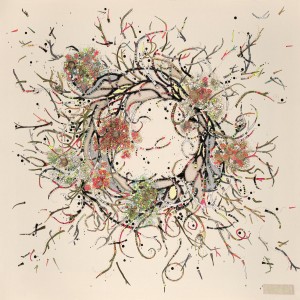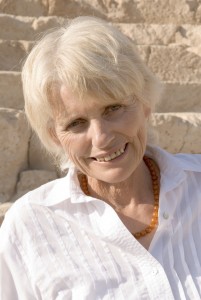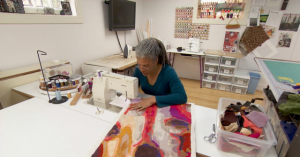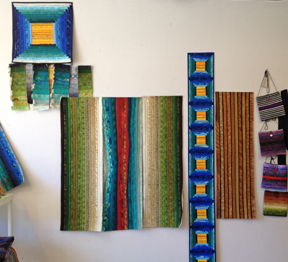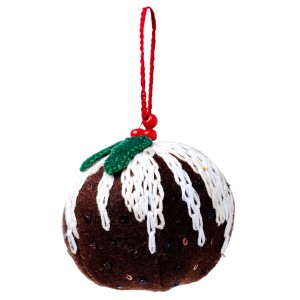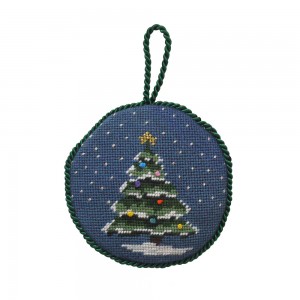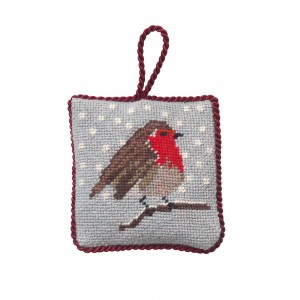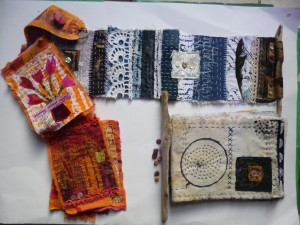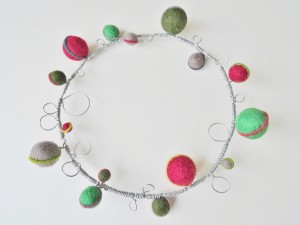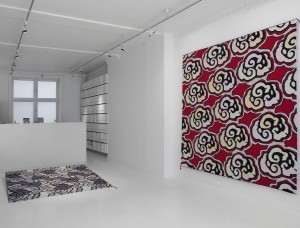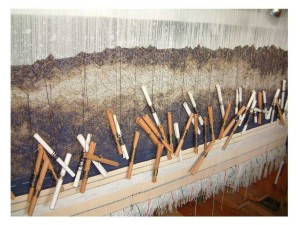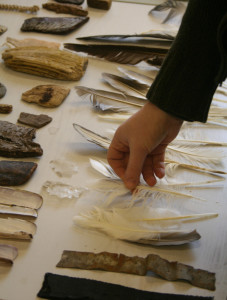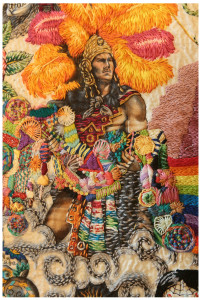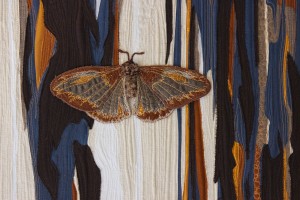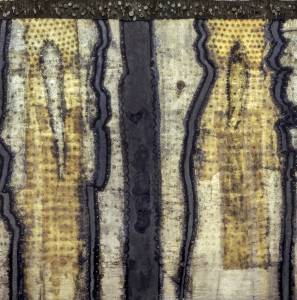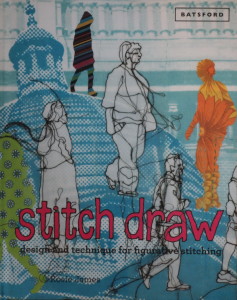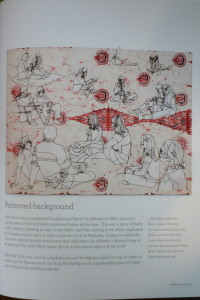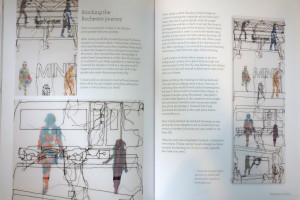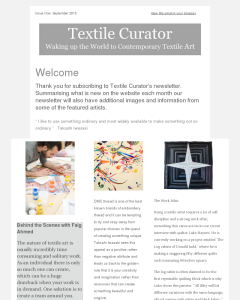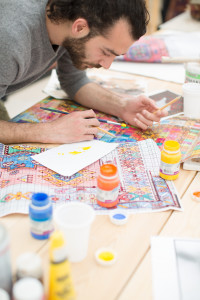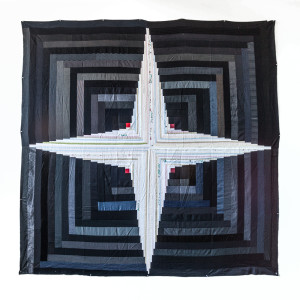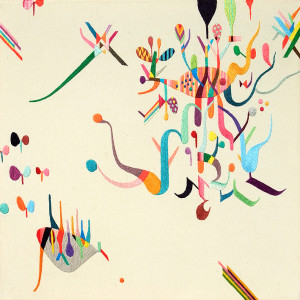Lou Gardiner’s Inspiring New Video
It’s always inspiring to see how other textile artists work and Lou Gardiner has a fabulous new video showing just this. She talks about how addictive embroidery is which is something anyone keen on textiles can relate to. If you’re considering embarking on a project watch this and you’ll be threading your needle in no time. See her in action on her webpage www.lougardiner.co.uk or our Facebook page www.facebook.com/TextileCurator-330233843768058/
Lou has had a busy six months since we featured her (check out her interview on this site), and is currently exhibiting at Anthropology on the Kings Road in London until 31st of January where ‘You Blow Me Away,’ (above) is on view.
Congratulations to Liesbeth from Wales for winning the competition we launched in December, the prize is Ineke Berlyn’s Shape to Stitch online course.
Have a creative week.




